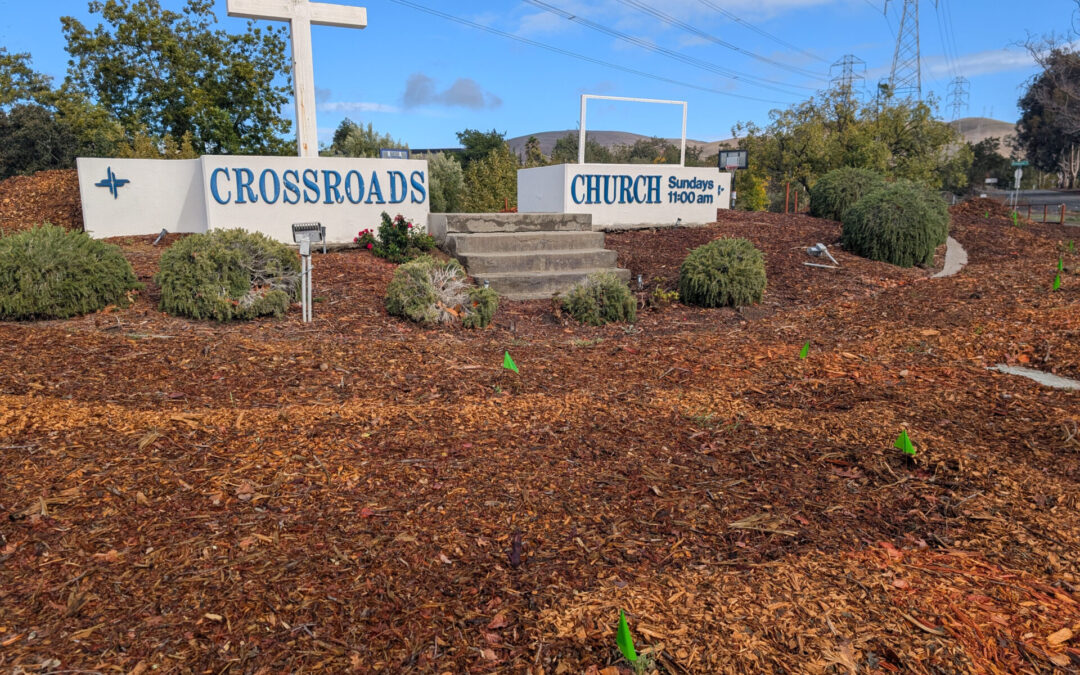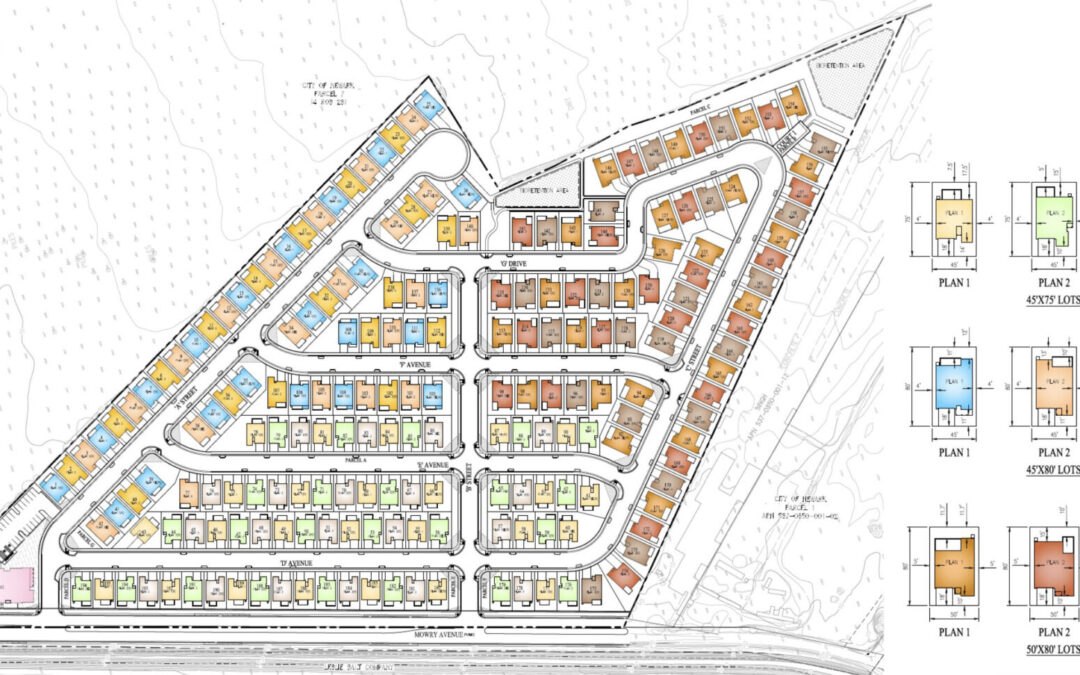After a 2022 release of toxic dust and a February 2025 fire, people in the northeast Bay town are tired of waiting for safety improvements.


After a 2022 release of toxic dust and a February 2025 fire, people in the northeast Bay town are tired of waiting for safety improvements.

Community groups, climate advocates and a church are coming together to plant pollinator gardens as monarchs, bees see population declines.

The Bay Area needs more affordable housing, but would 196-homes or a buffer against sea level serve local needs better in the years ahead?
All Stories
In Santa Rosa’s Pepperwood Preserve, volunteers are learning how controlled fires can clear out natural wildfire fuel before it can spark.
After a 2022 release of toxic dust and a February 2025 fire, people in the northeast Bay town are tired of waiting for safety improvements.
Community groups, climate advocates and a church are coming together to plant pollinator gardens as monarchs, bees see population declines.
The Bay Area needs more affordable housing, but would 196-homes or a buffer against sea level serve local needs better in the years ahead?
The six-month program teaches students aged 17 -24 about the challenges facing communities around the SF Estuary, from Stockton to East Palo Alto.
In Santa Rosa, citizen scientists capture northern saw-whet owls to help further research on climate impacts to the bird.
The $120 million plant opened this fall and treats 8 million gallons of brackish water a day, 75% of which is drinkable.
Data centers fueling AI can suck up massive amounts of energy, water and land, but local policies can mitigate the impact.
In this nonfiction comic, explore how the city of Pleasanton is dealing with PFAS- contaminated groundwater.
A new youth advisory team convened by the Greenbelt Alliance and Latino Service Providers is exploring heat disparities in southwest Santa Rosa.
In this edition of our professional column, we look at how groups are reimagining a lot in Ashland Grove and shorelines in San Francisco and Palo Alto.
A Cupertino Rotary Club program led by Vidula Aiyer harvests backyard fruit and reduces greenhouse gases.
A public garden at El Cerrito High School in the East Bay inspired my love of nature and my decision to study environmental science at UCLA.
Two miles of levee are now in place as part of the project to protect Alviso and parts of San Jose, but construction will last much longer.
After witnessing fire disasters in neighboring counties, Marin formed a unique fire prevention authority and taxpayers funded it. Thirty projects and three years later, the county is clearer of undergrowth.
This August BCDC approved a public sea level rise education program to be spearheaded by the Exploratorium, in lieu of a fill removal project for their redevelopment of Pier 17.
Cheng spoke to KneeDeep’s UC Berkeley reporting partner about decarbonization work during the Trump era.
Belinda Hernandez-Arriaga and her nonprofit ALAS are trying to give coastal farmworkers resources amid lost income to climate change and ICE raids.
A group of 30 Oakland-Alameda partners refused to give up on a Bay Farm Island sea level rise adaptation after losing a $50 million grant.
A fresh report from SF Estuary Institute and the prospect of major development along the marsh’s borders are putting Suisun back in the news.
At Coyote Hills Regional Park, a sweeping 170-acre expansion is reshaping the landscape where wetlands, oak savannas, and historic farmlands meet.
After 10 months of climate leadership training, the graduates of the Resilient Roots program tell us about their projects.
In fairy wings and cloaks, Bay Area youth turned the MLK Shoreline into a living game to tackle climate change — a photo essay.
Mayor Alma Hernandez has devoted herself to preparing her community for a warming world.
As Valero prepares to shutter its Benicia oil refinery, 400 jobs hang in the balance. Can California ensure a just transition for fossil fuel workers?
In Sacramento, an artist-ecologist brings California’s native species to life – through art, and through fish-friendly levee restoration.
A restoration project blends old-school flood control with modern green infrastructure. Is this how California can manage runoff from future megastorms?
At the Shoreline Leadership Academy, high school students learn about sea level rise through hands-on tours and community projects.
Coachella Valley communities face record temperatures with little shade. Policy changes lag as local groups push for heat equity.
A $322M grant powers Oakland’s port electrification — cleaning air, cutting emissions, and investing in community justice.
In KneeDeep’s new column, The Practice, we daylight how designers, engineers and planners are helping communities adapt to a changing climate.
Plant tissue culture can help endangered species adapt to climate change. Amateur plant biologist Jasmine Neal’s community lab could make this tech more accessible.
As insurance companies pull out and wildfire seasons intensify, Santa Cruz County residents navigate the complexities of staying fire-ready.
Snippet of insight from the artist about her work.
OneShoreline’s effort to shield the Millbrae-Burlingame shoreline from flooding has to balance cost, habitat, and airport safety.
Fleeing wildfires without a car might seem scary, but so is being trapped in evacuation gridlock — and the hellscape of car-dependency.
In headlines about wildfire, a new supervillain emerges: wind. In January, it became the LA fire’s manic henchman. But what, exactly, is a “supercharged wind event”?
Everyday Climate Champions Podcast
Researchers have developed COF-999, a new material that absorbs CO₂ directly from the air without rapidly degrading — a game-changer for carbon capture.
At the southern end of their range, coho salmon in Scott Creek are adapting to wildfire and warming.